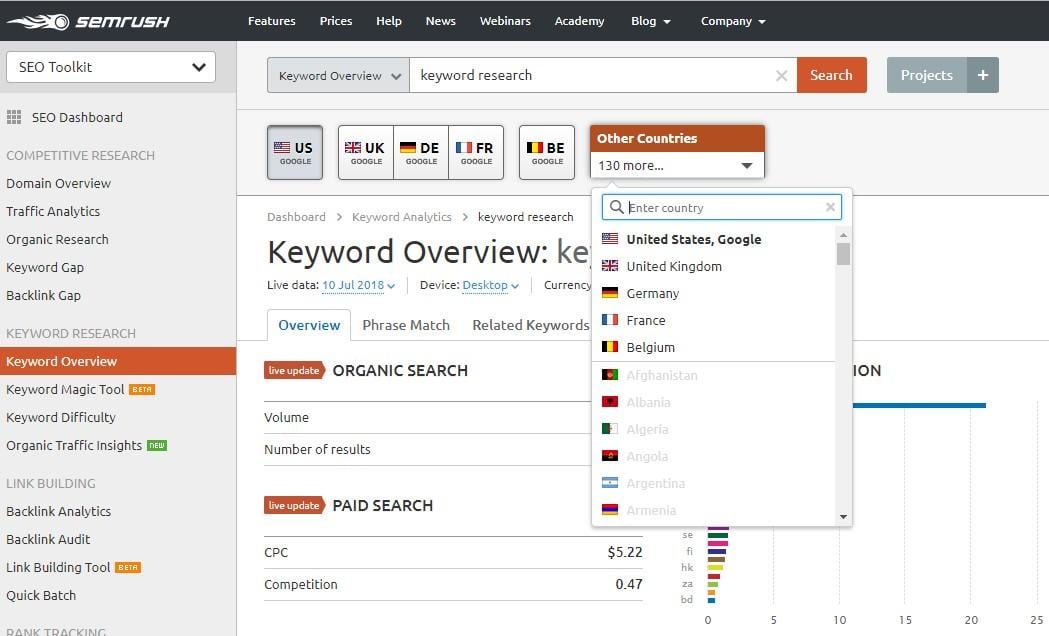Cracking the Code of International SEO: A Comprehensive Guide
Cracking the Code of International SEO: A Comprehensive Guide
Blog Article
Browsing the Digital Landscape: Leveraging International SEO for Cross-Border Success
In today's interconnected electronic globe, services are progressively looking beyond boundaries to take advantage of international markets. Leveraging seo (SEO) approaches tailored for international audiences is vital for attaining cross-border success. The intricacy of browsing the electronic landscape on a global scale requires a nuanced method, from understanding the principles of International SEO to executing geotargeting and multilingual keyword phrase strategies. As companies make every effort to broaden their reach and presence across different regions, enhancing web site frameworks and keeping an eye on cross-border performance come to be indispensable elements of an effective global SEO technique.
Understanding International Search Engine Optimization Fundamentals
Browsing the intricacies of global Search engine optimization needs a strong grasp of fundamental concepts to effectively expand on the internet exposure throughout boundaries. One important element of worldwide Search engine optimization is understanding the significance of localization.
Additionally, having a clear understanding of geo-targeting is essential. This entails showing to browse engines the specific countries or areas a site is targeting. Implementing hreflang tags is one method to connect this details, making sure that the correct variation of a website shows up in the search results page for a customer in a particular area.
Additionally, comprehending the impact of regional internet search engine and social networks systems is essential for global SEO success. For instance, while Google is dominant in several regions, countries like China have their own internet search engine like Baidu, calling for customized approaches for each and every system to optimize on-line exposure.

Targeting Multilingual Key Words Approaches
Establishing multilingual key words methods is necessary for successfully reaching diverse global target markets and maximizing on the internet presence throughout different linguistic areas. When targeting multilingual keyword approaches, it is crucial to conduct extensive research study to understand the details search terms and expressions used by the target audience in each etymological area. This entails not only converting search phrases but likewise considering social subtleties, local languages, and search trends unique to every target audience.
To develop a successful multilingual keyword phrase method, it is essential to focus on relevance and search intent. Key words must align with the web content on the web site and reverberate with the cultural context of the target audience. Utilizing devices such as Google Keyword Phrase Coordinator, SEMrush, or Ahrefs can help determine high-performing key phrases in various languages and assess their search volume and competitors level.
Moreover, surveillance and examining the performance of multilingual keyword phrases on a regular basis is essential for enhancing and refining the strategy in time. By continuously adapting to modifications in search actions and fads, companies can boost their on-line presence and bring in even more worldwide traffic to their websites.
Executing Geotargeting and Hreflang Tags
When aiming to improve worldwide SEO techniques, integrating geotargeting and hreflang tags is important for maximizing internet site exposure across different areas. Geotargeting involves customizing web content to particular areas, ensuring that individuals in different areas get appropriate details. By carrying out geotargeting, businesses can boost their regional search positions and draw in region-specific website traffic.

Optimizing Web Site Structure for International Exposure
To even more boost international SEO strategies past geotargeting and hreflang tags, maximizing the site structure is essential for accomplishing global visibility and making best use of reach across different regions. A well-structured web site not just enhances customer experience however additionally facilitates search engine spiders in understanding the content and context of the website. When going for worldwide presence, it is crucial to guarantee that the internet site is organized in a rational manner that accommodates individuals from various countries. Executing a clear pecking order with unique classifications and subcategories can aid in boosting the website's navigation and user-friendliness.
In addition, developing language-specific subdirectories or subdomains can assist online search engine deliver the ideal variation of the website to customers based upon their language preferences, better enhancing the general individual experience. Furthermore, maximizing URL frameworks to consist of pertinent key phrases and geotargeted terms can enhance the website's presence in different regions. By structuring the internet site effectively for worldwide audiences, organizations can raise their opportunities of drawing in global traffic and broadening their reach across boundaries.

Surveillance and Assessing Cross-Border Efficiency
Reliable surveillance and studying of cross-border performance is vital for assessing the success of worldwide search engine optimization techniques and recognizing opportunities for renovation in worldwide reach and visibility. By closely tracking key efficiency indicators (KPIs) throughout discover this info here various markets, businesses can gain beneficial understandings right into the effectiveness of their cross-border SEO efforts. Keeping an eye on metrics such as natural website traffic, keyword rankings, conversion rates, and bounce rates look at this website can supply a thorough view of how well a website is performing in various areas.
Examining cross-border performance data permits organizations to recognize fads, patterns, and locations for optimization. By comparing performance throughout different nations, regions, or languages, companies can determine effective approaches and localize web content to better cater to specific target audiences. Furthermore, monitoring cross-border performance allows companies to remain agile and responsive in the ever-evolving digital landscape. Routine evaluation of search engine optimization performance on a worldwide scale makes sure that companies can adjust their approaches quickly to profit from arising chances and maintain a competitive edge in global markets.
Final Thought
In conclusion, worldwide SEO plays an important function in attaining cross-border success by optimizing internet sites for worldwide visibility, targeting multilingual key words techniques, carrying out geotargeting and hreflang tags, and monitoring cross-border efficiency. By understanding the fundamentals of global SEO and enhancing web site frameworks accordingly, companies can properly get to and engage with their target audiences across different areas and languages. This critical approach is vital for increasing market review reach and driving on-line growth in today's digital landscape.
Report this page